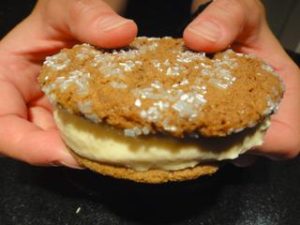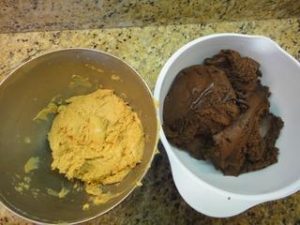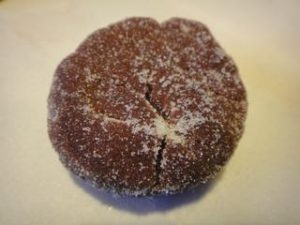Pediatric Pancreatitis
Pediatric Pancreatitis
The pancreas is an organ that lies across the upper abdomen. It has two functions. First, it is where insulin is made. Children who develop diabetes usually do so because their pancreas quits making insulin.
The other function of the pancreas is to make digestive juices, including several enzymes. These are secreted into the gut and help break down the food you eat so it can be absorbed into your body. When the pancreas gets inflamed, these digestive enzymes escape from the pancreas and end up in the blood. The diagnosis of pancreatitis, or inflammation of the pancreas, is made if these enzyme blood levels are elevated.
The most common cause of the pancreatitis we see in the emergency department is caused by drinking an excess of alcohol. If an alcoholic comes in with upper abdominal pain, nausea and vomiting, we measure the level of lipase, one of those digestive enzymes. If it is elevated, the diagnosis is pancreatitis, and we treat the patient with IV fluids and medications for pain and nausea. The patient gets nothing to eat or drink until the symptoms have resolved.
There are many other, less common causes of pancreatitis and it can also occur in children.
One night, I was taking care of a ten-year-old boy who presented with upper abdominal pain and vomiting. We see lots of kids with abdominal pain and vomiting, usually caused by food poisoning or an intestinal virus. There was something different about this boy. He seemed sicker and his abdomen was more tender than we usually see. I ordered laboratory tests that surprisingly suggested the patient had pancreatitis. The pediatrician was called to admit the patient for treatment and further testing to determine the cause of this unusual condition.
While we were waiting for the pediatrician to come see him, I heard a commotion in the patient’s room and went to see what was going on. When I walked in, a nurse and a couple of family members were talking excitedly and hustling around the room. Sitting on the gurney was the chubby patient with a miserable, embarrassed look on his face and tears running down his red cheeks. In his lap, sat a plastic basin holding a mass of squirming, waxy-colored worms he had just vomited up.
I asked him if he had vomited worms at home. He slowly nodded his head and admitted he had flushed them down the toilet before anyone could see them.
Now, there was no reason to wonder why this boy had pancreatitis. He had recently gone on vacation to Mexico and eaten food contaminated with fertilized worm eggs. The eggs hatched into larvae, which moved through the lining of his small intestine. The larvae entered his veins and floated in the blood until they got to his lungs. They then crawled up out of his lungs into the back of his throat and were swallowed. The larvae matured and filled my patient’s guts with worms, some of which he vomited up. Others crawled up into and plugged the duct that carries the pancreatic fluids from the pancreas into his intestine. When the duct was plugged with worms, the pancreatic fluids backed up and made him sick.
The worms were mating inside him and the fertilized eggs were being passed in his stool. In unsanitary conditions, the eggs might have ended up on food that another person would eat and the lifecycle of the ascaris worms would have started over again.
Due to our first-world sanitation, we almost never see such an infection, but up to a quarter of the people in the world are affected with intestinal roundworms.
Fortunately, they are easily killed with anti-parasite medications and, most likely, the boy was going to be fine. Had he lived in a part of the world with no medical care, however, his outlook would not have been so hopeful.
Here are a couple of references if you just have to read more about intestinal worms. Enjoy!
https://en.wikipedia.org/wiki/Ascaris
http://www.medscape.com/viewarticle/410709_3







